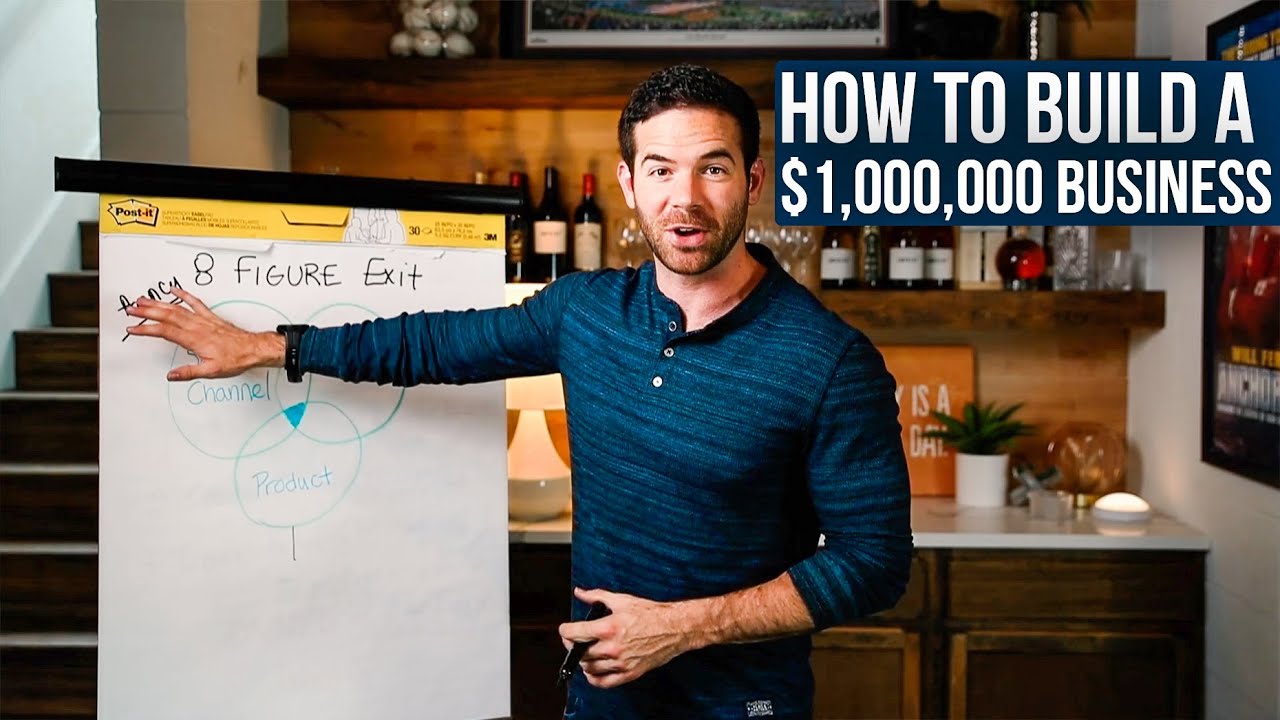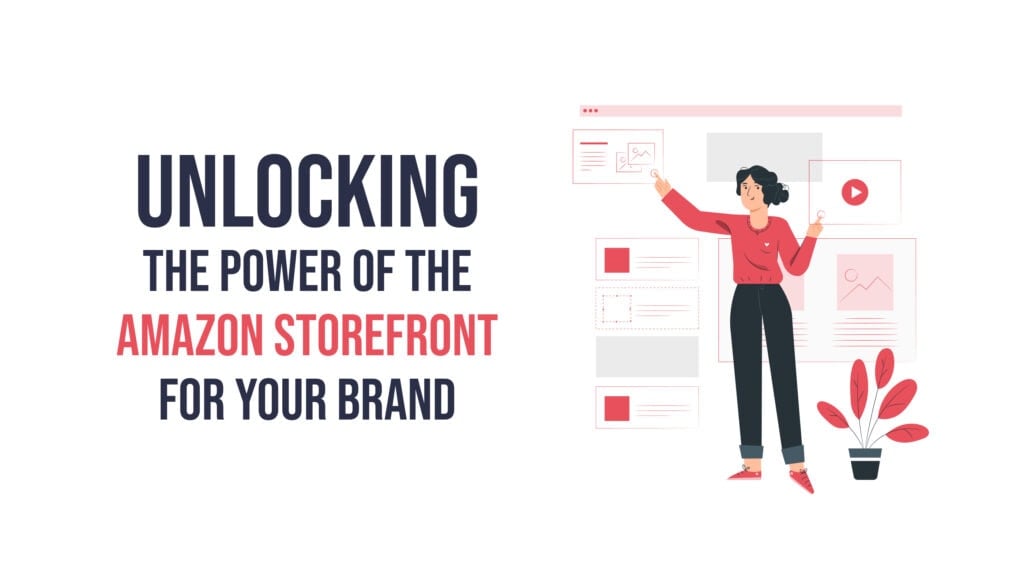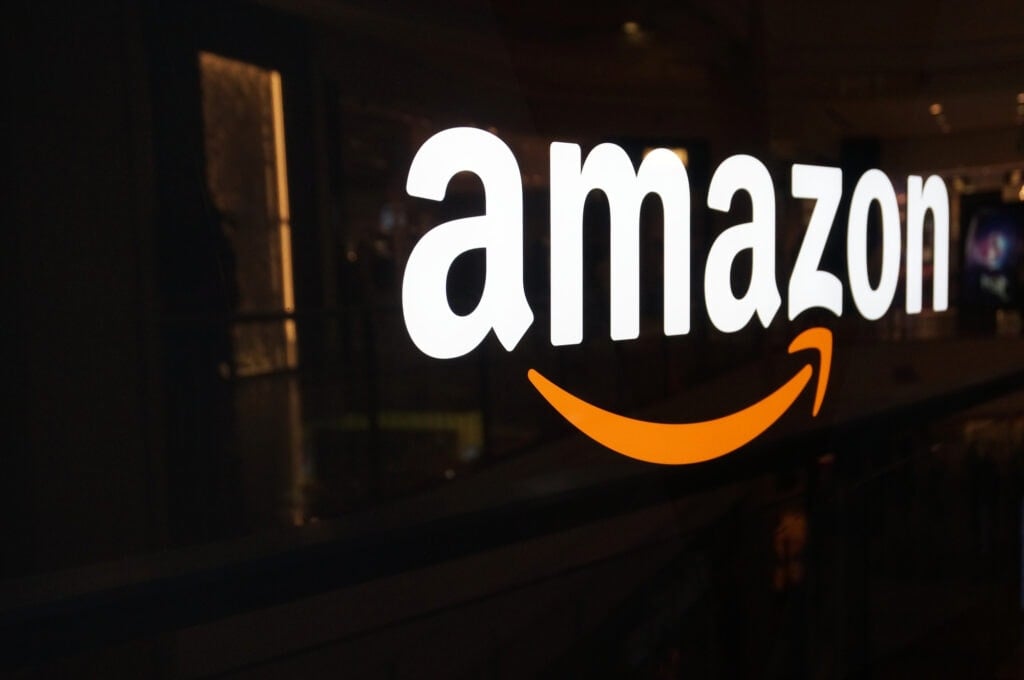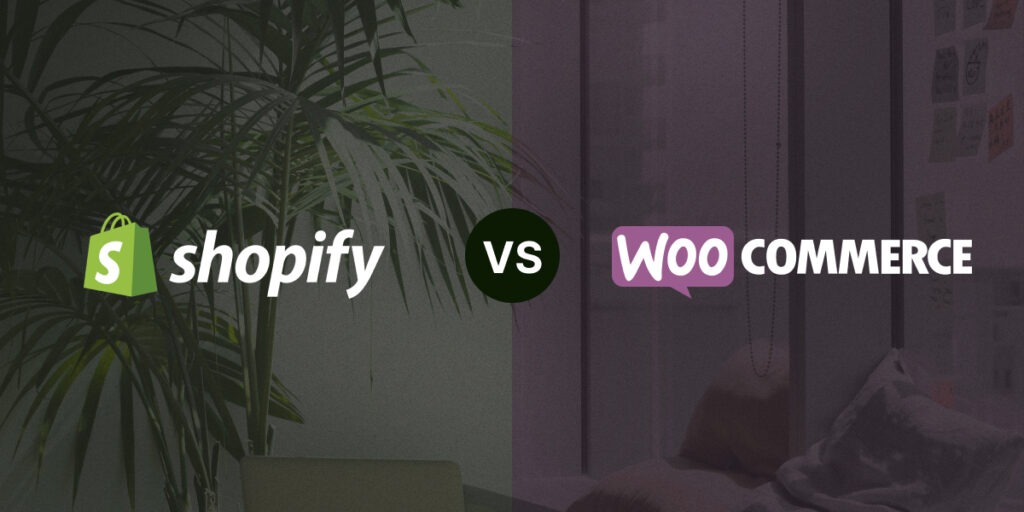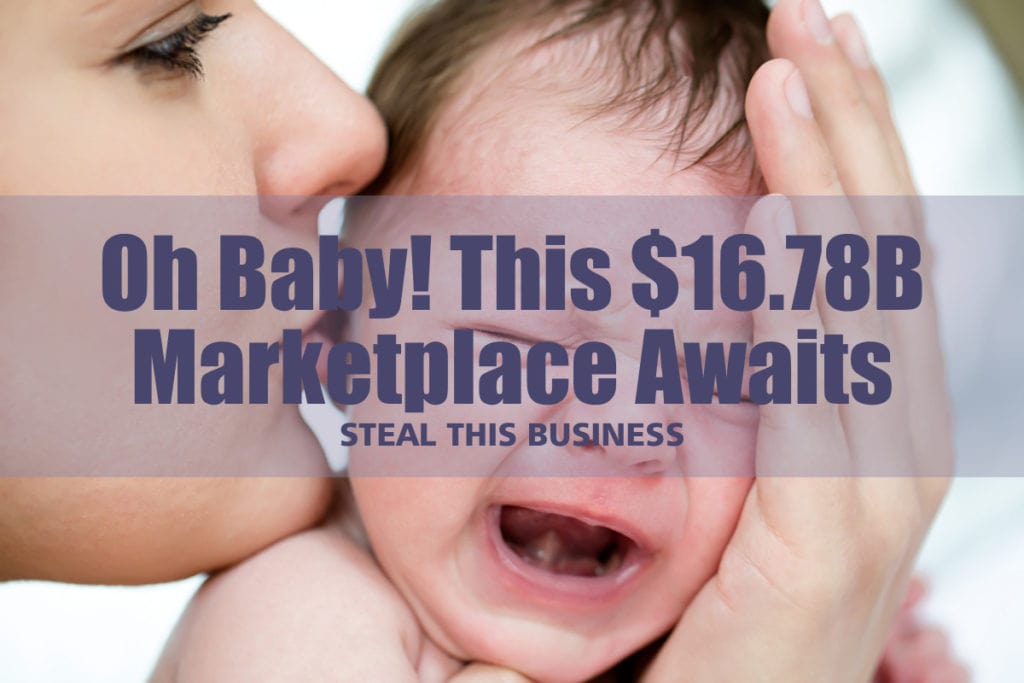The gaming industry never sleeps. Just like there's always another castle hiding Bowser from Mario, there's always a new console or game release on the horizon. And nothing stops die-hard players from upgrading to the latest gear for gamers as soon as it hits the shelves.
But precisely how much do gamers stimulate the economy? In 2020, the global gaming market reached $167.9 billion. Moreover, experts predict the market will continue to grow at a CAGR of 9.24% and exceed $287.1 billion by 2026. And according to Statista, the video games industry alone should surpass $65 billion by the end of 2021.
However, gamers don't just need the latest role-playing game or virtual reality console. They also crave high-tech, functional gear to bring their gaming experience to life. And they spend a hefty amount in this niche every year. The global gaming peripherals market topped out at $3.64 billion in 2020, and it's on track to beat $4.6 billion by the end of this year, according to Futuresource Consulting.
Eager to jump into this booming industry? As a gaming entrepreneur, you can introduce new gear for gamers to ensure Mario defeats Bowser once and for all. And for your efforts, you can expect a ravenous audience and a well-padded bank account.
Hardcore Gear for Hardcore Gamers
Need help beating a tricky level before it's game over? Finding a one-up mushroom will only get you so far. What you really need is the right gear. And the demand for innovative accessories is vast.
Gamers devote a lot of time to their hobby. On average, gamers spend almost 8.5 hours a week playing their favorite games. And they will pay a pretty penny for helpful gadgets and gizmos that enhance their experience and keep them comfortable.
Check out this top-selling gear for gamers:
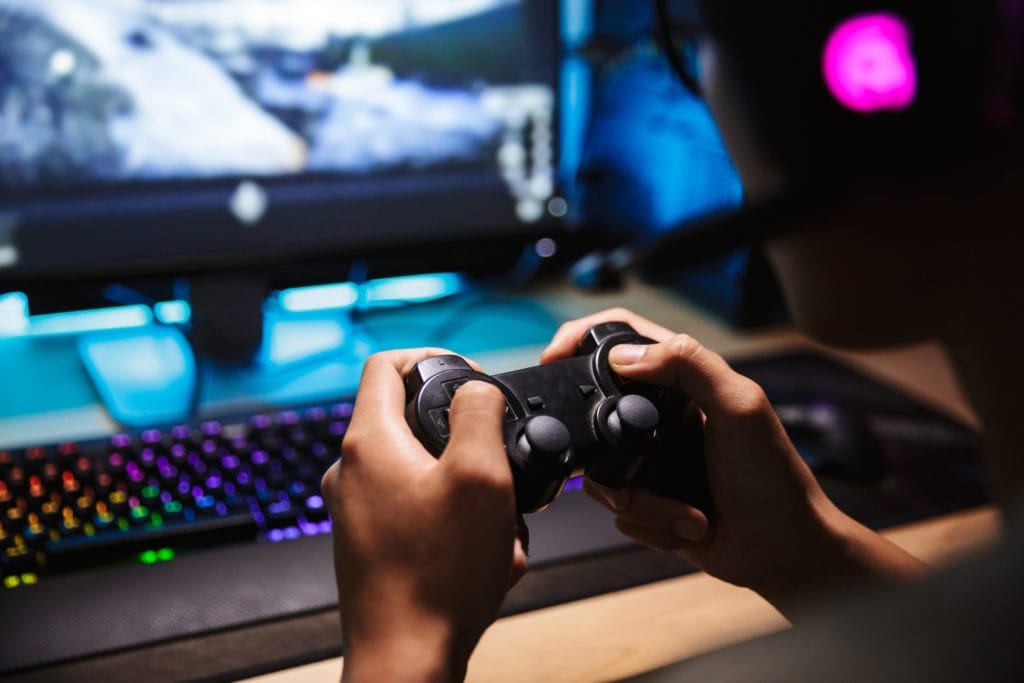
- Gaming gloves ($18-$40+)
- Headsets ($19-$300+)
- Gaming glasses ($16-$134)
- Keyboards ($29-$200+)
- Mice ($13-$119+)
- Speakers ($34-$199+)
- Gaming chairs ($69-$600+)
As you can see, the price range for gaming peripherals varies greatly, even within the same category. And while some gamers seek out the lowest price possible, many will happily pay a premium to enjoy their favorite video games in comfort.
It's possible to build a profitable gaming peripherals company selling these must-have products. And you don't need an engineering degree to make it happen. (But IF you do, then consider exploring even more high-tech gadgets, such as VR goggles or VR gloves. The future of gaming is virtual reality, so why not jump in while it's still early in the game?)
Brands that Gained XP in the Gaming Gear Industry
The right accessories take the gaming experience to the next level. But how can you improve on the countless products already on the market? It's all about innovating and thinking outside the box. These brands did just that, and now they've become 9- and 10-figure leaders in gear for gamers.
Razer
Min-Liang Tan and Robert Krakoff founded Razer in 2005. Min-Liang was a hardcore gamer when the two first met, and Robert wanted to explore using high-speed tracking technology in different applications. Together, they designed and launched the Razer Diamondback, which became one of the best-selling gaming products of all time.
Since then, Razer has gone on to several other gaming peripherals, including watches, activity bands, and VR glasses. The company prides itself on creating innovative products for gamers and by gamers. And this somewhat cliché marketing tactic works. Razer surpassed a $1 billion valuation in 2015, only ten years after entering the gaming accessories industry.
Corsair
Gaming peripherals company, Corsair, is no stranger to the needs of amateur and experienced gamers. The company launched back in 1994 and sold various computer components, like cache modules. Gaming wasn't even on the brand's radar until the mid-2010s. At the time, the brand focused on DIY computer building. Corsair soon discovered many of its customers wanted to build PCs specifically for gaming. So the brand decided to take a chance on gaming keyboards, mice, and other peripherals.
The gamble paid off big time. Corsair grew to become one of the top three brands in the peripherals industry. Now the brand sells every kind of gear for gamers from headsets to ambient lighting to apparel. Corsair (CRSR) went public in September 2020, and it surpassed a net worth of $2.95 billion in July 2021.
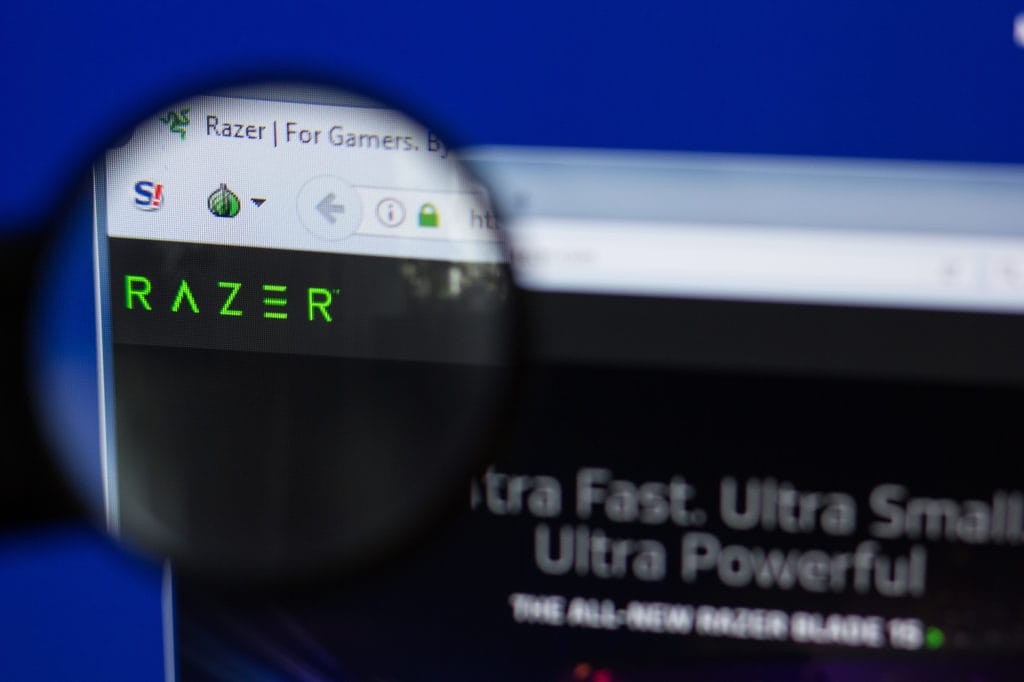
PowerA
In 2009, PowerA launched with a single mission—to take gaming accessories to the next level. The brand specializes in third-party gaming controllers and chargers. PowerA quickly earned licenses from the top video game manufacturers, including Nintendo, Xbox, and Playstation. These licenses helped the brand build a solid, trustworthy reputation with gamers everywhere.
In June 2020, PowerA acquired LucidSound to add licensed gaming headsets to its lineup. This buyout surprised many avid gamers, but it was a smooth move for PowerA. It gave the brand control over most of the gaming peripherals market. And just a few months later, in November 2020, ACCO Brands purchased PowerA for a whopping $340 million.
Secretlab
Singaporean founders Ian Ang and Alaric Choo founded Secretlab in 2014. As avid gamers, the two often complained of sore muscles and an aching back after their long StarCraft II playing marathons. It became their mission to create an ergonomic, comfortable gaming chair that would outperform everything else on the market. A year later, they launched the first Secretlab THRONE, and it sold out in a single week.
Realizing a massive demand for a durable, high-quality gaming chair, Ian and Alaric continued raising the bar. Each subsequent product launch offered something different than the previous one. Today, the brand takes pride in designing chairs for gamers of all sizes. The once small startup grew to become a $300 million gaming gear company in just six years.
Noob in the Gaming Gear Industry? Here's Your Launch Plan:
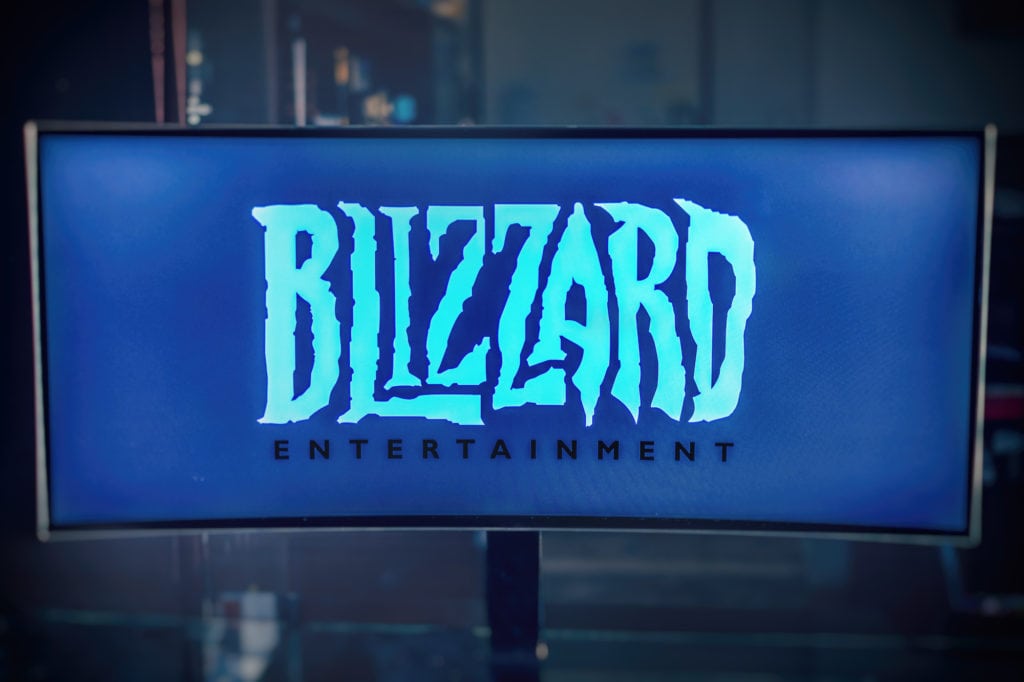
Every major player in the gaming world started at level one. And to advance in the game, you need to develop a strategy. Follow these steps to grow your gaming gear brand from noob to expert:
Step 1: Build Your Audience
Which type of gamer do you want to serve? There are a ton out there. Some only play games on handheld devices, while others build specialized gaming PCs. Will your brand serve amateur players or professionals? The answer to this seemingly simple question will help guide you through the brand-building process. Determining your audience now will ensure everything else falls into place without a hitch.
Once you pinpoint your target audience, it's time to reach them. Create social media profiles to connect with fellows gamers across the world. While there are tons of gamers on Facebook and Instagram, you may consider other platforms as well. Reddit, Discord, Steam, and Twitch are some gaming hotspots. You can even build your audience in real-time while playing games on Xbox Live or the Playstation Network.
Step 2: Pick the Gear for Gamers You Want to Sell
That's right—a singular product. While many top gaming peripherals companies sell multiple products, most of them started with just one. Remember that Secretlab grew into a 9-figure company only selling gaming chairs. And they don't plan on veering away from that model any time soon.
The gaming world is highly competitive, and the product you choose to launch will make or break your brand. Whether you want to sell gloves or keyboards, your product should solve a problem your audience faces. For instance, a headset with sound cancellation capacities may improve focus. In addition, gaming gloves may help prevent hand cramping. After you finally decide which product to launch, it's time to contact manufacturers to design prototypes. Warning—it may take several tries to get it just right.
Step 3: Promote Like Mad
With the product in hand, it's time to build FOMO. Start teasing your audience about the upcoming launch. Depending on your budget, you may want to purchase Facebook Ads or Google Ads. These advertisements will help your brand reach an even broader audience. And Facebook makes it easy to target set groups.
Is your advertising budget tighter than a shoestring? Luckily, you can advertise for free! Remember those social media profiles you created? Use them to post sneak peeks and teasers. You can even offer early-bird access to email subscribers. The more you promote now, the more likely you are to sell out on launch day.
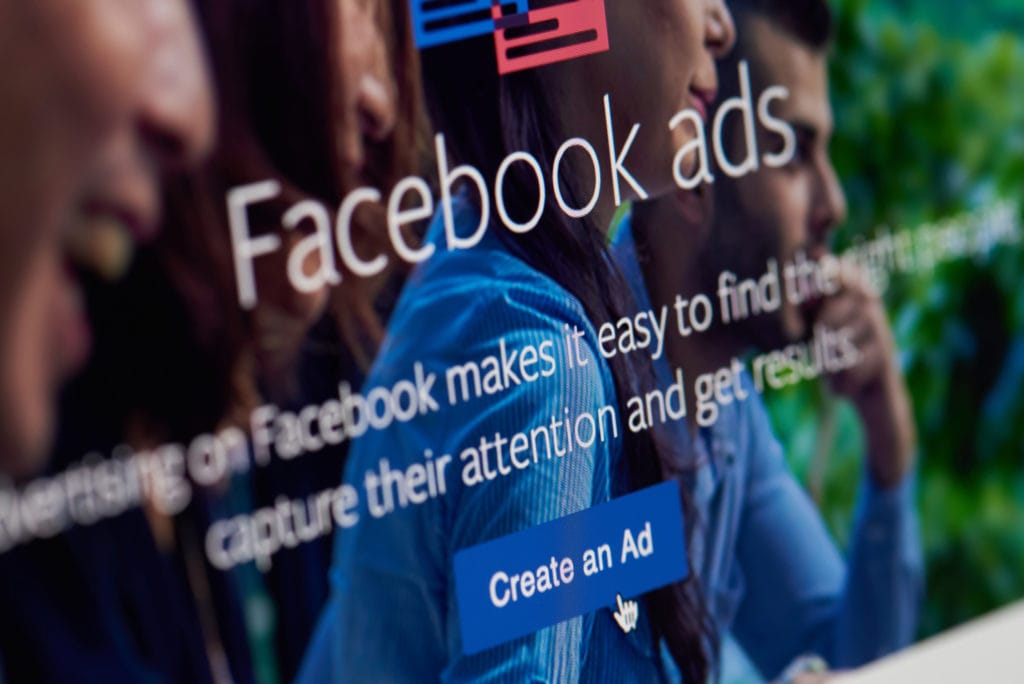
Step 4: Connect with Gaming Influencers
Surprised to see gamer and influencer in the same sentence? There are TONS of gaming influencers on YouTube. And the top ones have MILLIONS of followers. That means getting a single shout-out on just one popular channel could help your brand reach an entirely new audience.
Gaming influencers are experts in the field. These guys and gals record themselves playing popular video games, offering tips and tricks along the way. PewDiePie remains king, with over 110 million followers. Imagine how quickly your inventory would disappear if he featured your product in one of his videos.
Launching a gaming gear brand follows the same outline as other industries. And it all starts with building a rabid audience. Then, once you master the rules of the game, keep your eyes open for valuable power-ups to help you along the way. You may never truly win the branding game, but you'll always discover new ways to level up.
Of course, you don’t have to do it all yourself, if you follow the Owner’s Model instead.
The Takeaway
The video game market is on fire. Gamers spend more time than ever building characters, developing strategies, and defeating bosses. And while manufacturers race to release the latest and greatest consoles and games, they don't put much thought into other aspects of the playing experience. Without the right gear, gamers can't fully immerse themselves in the game. An innovative controller, ergonomic chair, or virtual reality glasses can take any game to the next level.
Gamers aren't cheap when it comes to improving their playing skills. They want products to help them stay comfortable, engaged, and focused. And they will willingly spend their hard-earned cash on innovative products to help them do just that. The gaming peripherals market is on track to reach $4.6 billion by the end of 2020. And with a cutting-edge product and a calculated launch plan, the next multimillion-dollar gaming gear brand could be yours.

